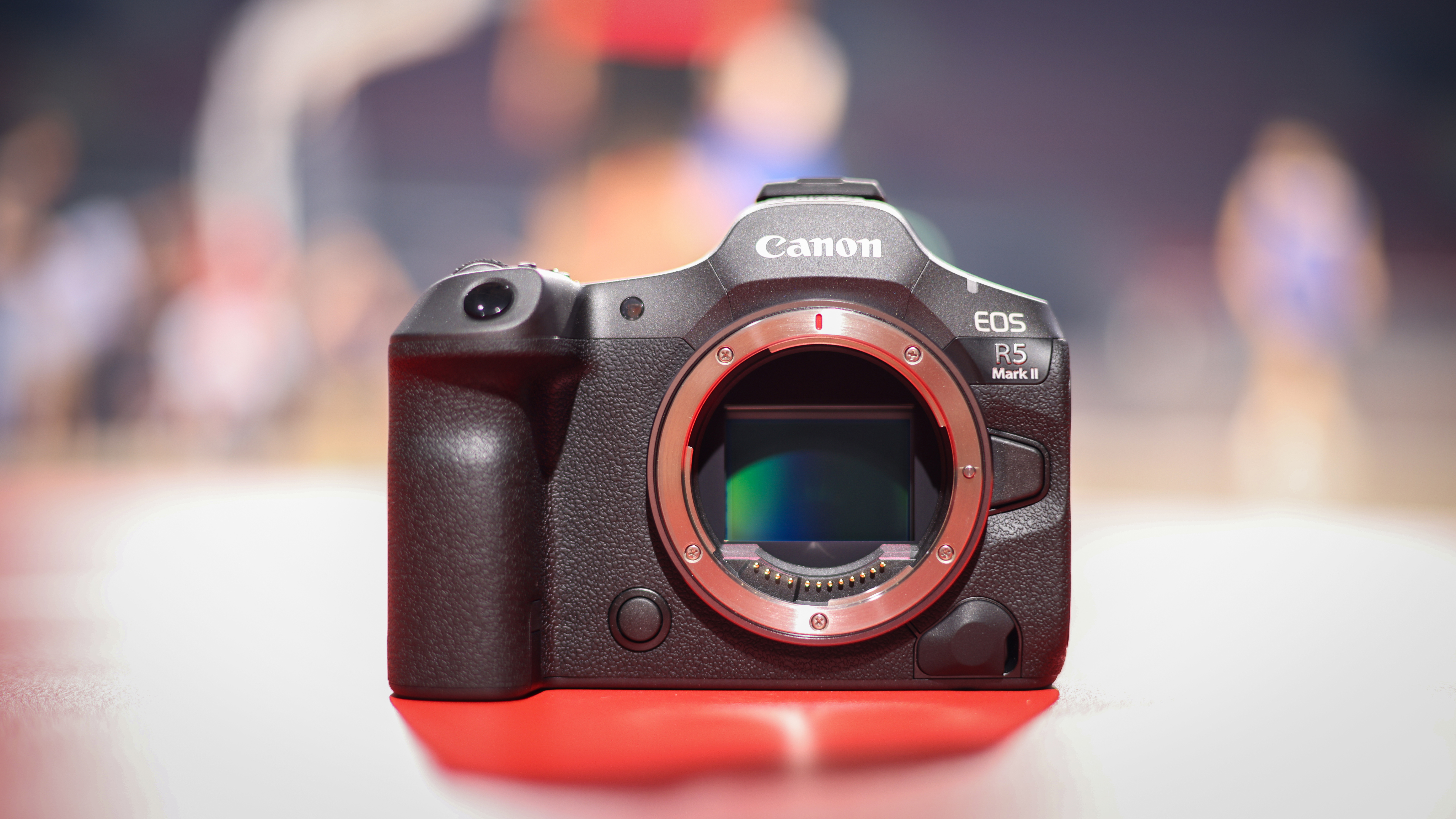
Why is it that some cameras stay on the shelves for years, while others are seemingly replaced by a new model almost as soon as they've been released?
"It's essentially a mixture of two factors," Canon explained to me, when I had a chance to sit down with a couple of senior company executives recently.
The question of product life cycles has always fascinated me, but in came into sharper relief with the launch of the Canon EOS R5 Mark II.
The original EOS R5 was launched in 2020 alongside the original EOS R6. However, while it's taken four years for the R5's replacement to arrive, the R6 was replaced by the R6 Mark II after just two years.
So I put it to Canon's Manabu Kato, group executive of the Imaging Business Operations, who explained the factors that determine a camera's life cycle.
"One is the fact that there's a couple of things that we want to realize with a successor, and how soon we can realize that from the manufacturing point of view. So, how soon can we incorporate things that we need to incorporate in the successor – that's one of the factors.
"But also, we are always dictated by when the market requires the successor of a specific model. And with a mixture of those two things that's when we decide, okay, this is the preferred timing when we can come up with the successor."
The Canon EOS R1 is a case in point, here, as there was likewise a four-year gap between its release and that of its predecessor, the Canon EOS-1D X Mark III.
"With the R1, we think that the Olympics is one of the major sporting events and requires the flagship model to be updated. So we are always aiming to come up with a successor of, let's say, the 1-series at the time of the Olympics."
To see if the wait has been worth it for both cameras, check out my Canon EOS R5 Mark II review and my Canon EOS R1 review.
You might be interested in the best Canon cameras – and if these two models are of particular interest, take a look at the best 8K cameras and the best cameras for sports photography.







